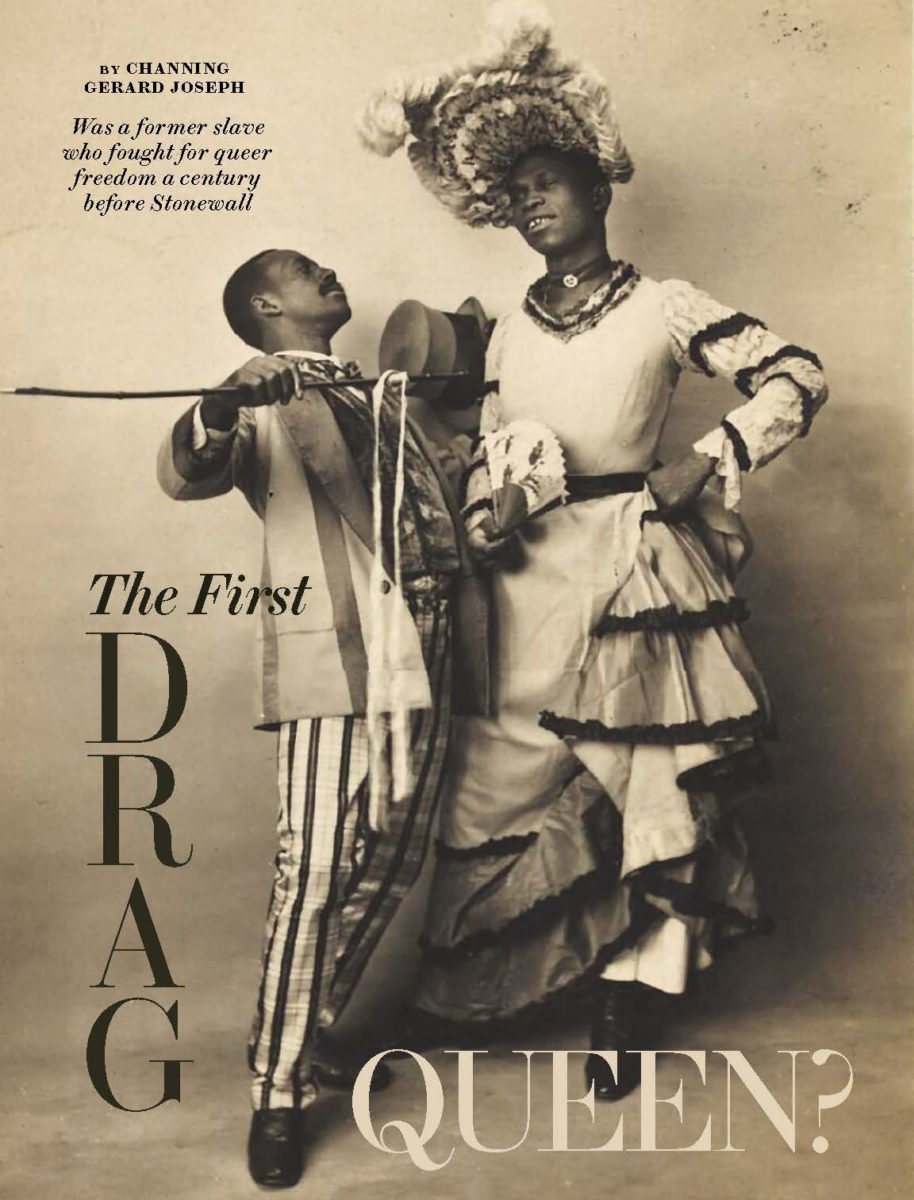William Dorsey Swann was known to his friends as “the Queen.”
A former enslaved Black man, Swann reigned over a secret world of drag balls in Washington, D.C., in the 1880s and was the leader of possibly the world’s earliest-known LGBTQ liberation group, according to an article in The Nation.
William Swann, 1st drag queen
Swann was born approximately 1858 in Maryland. He lived through slavery and the Civil War.
Swann also was the first person to dub himself a “queen of drag” or a drag queen, according to the Nation.
In 1896, after being convicted and sentenced to 10 months in jail on the false charge of “keeping a disorderly house” — a euphemism for running a brothel — Swann demanded (and was denied) a pardon from Pres. Grover Cleveland.
Swann’s crime? He hosted a drag ball.
Swann’s action also was an historic act — Swann is the earliest documented United States’ resident to take direct legal and political steps to defend the queer community’s right to gather without the threat of criminalization, suppression, or police violence, according to the Nation.

This undated photo shows Gregory and Brown, a pioneering American vaudeville duo who caused a sensation when they introduced the “cake walk” to Paris in 1902. The dance, which included exaggerated grace and comic elements, was developed in the mid 19th century on slave plantations in the Southern United States. The winning couple received a hoecake, sweet pastry, or another type of baked goods. The dance was frequently performed at drag balls, including those events hosted by William Dorsey Swann. During his extensive research, Channing Gerard Joseph, author of the Nation article, couldn’t find any photos of Swann. If any photos do exist, they haven’t yet been found. Photo: The Nation.
Remarkable life
Swann’s amazing and little-known life is uncovered and explored by Channing Gerard Joseph in his article for the Nation. Joseph is a journalist and historian, who also is writing a book on Swann’s life. During his extensive research, Joseph didn’t find any photos of Swann. If any photos do exist, they haven’t yet been found.
In the article, Joseph says his research on Swann began 15 years ago when he stumbled on an article from the Washington Post dated April 13, 1888 with the following headline “Negro Dive Raided. Thirteen Black Men Dressed as Women Surprised at Supper and Arrested.”
Another news story, according to Joseph, reported that Swann attempted to stop the police officers who barged in, boldly telling the police lieutenant in charge, “You is no gentleman.”
During the brawl, Swann’s “gorgeous dress of cream-colored satin” was torn to shreds.
Joseph writes that “The fight was also one of the first known instances of violent resistance in the name of LGBTQ rights.”
Swann’s activities and achievements are remarkable considering the day and age. In the late 19th Century, Swann’s drag balls came with grave risks to his guests’ reputations and livelihoods. People who were arrested and jailed had their names printed in the newspapers and were targets of public scorn.
Ridiculed in court
Swann also was targeted for scorn.
During the sentencing for his false charge of running a brothel in 1896, Swann was ridiculed by the judge.
According to an article in the Evening Star newspaper dated January 13 in the Library of Congress, Judge Miller also expressed contempt for “the Queen.”
“I would like to send you where you would never again see a man’s face, and would then like to rid the city of all other disreputable persons of the same kind,” the judge said. “Thieving and petty assaults amount to nothing as compared with the conduct of these people.”
Legacy and impact
By 1900, Swann had retired from the drag ball scene, according to the article. Even though his time sashaying across the floor was short lived, Swann’s legacy and impact are enormous. His actions helped set the stage decades later for gay celebrations and protests (The Black Cat uprising in Silver Lake and The Patch protest organized by Lee Glaze in Wilmington) that would pave the way for the modern LGBTQ civil rights movement.
